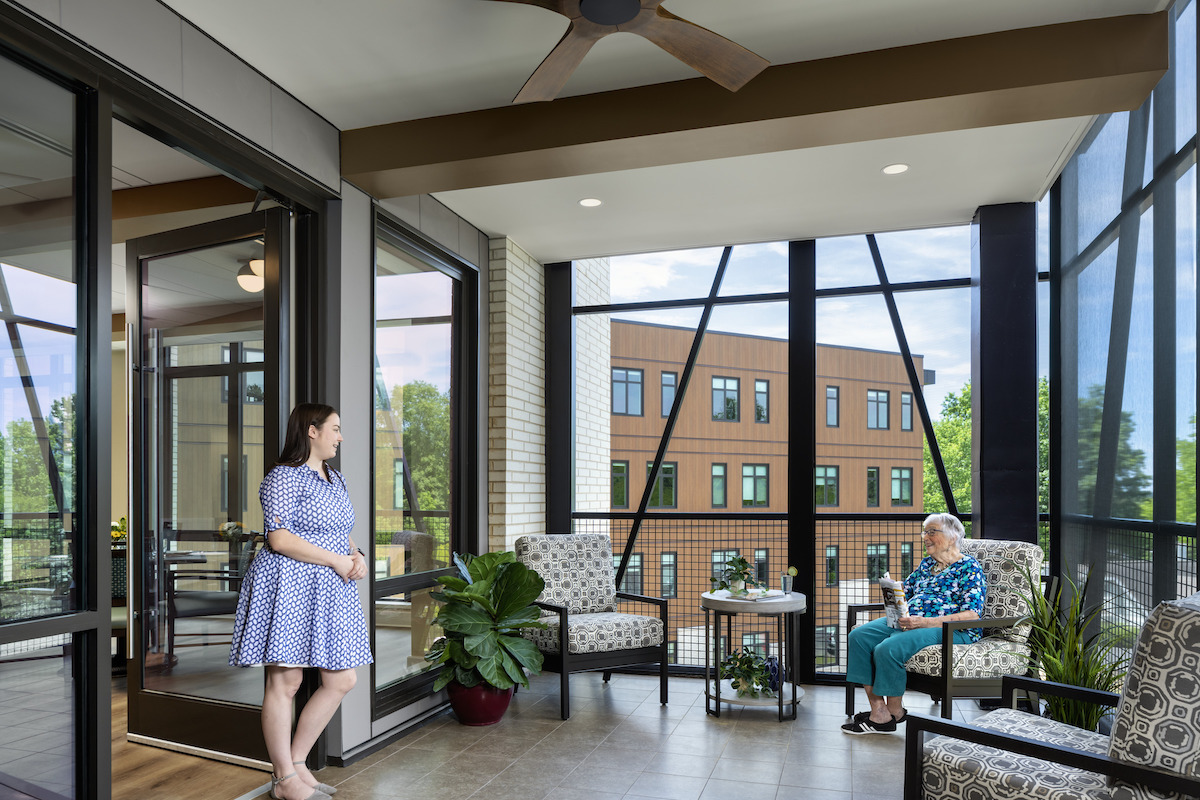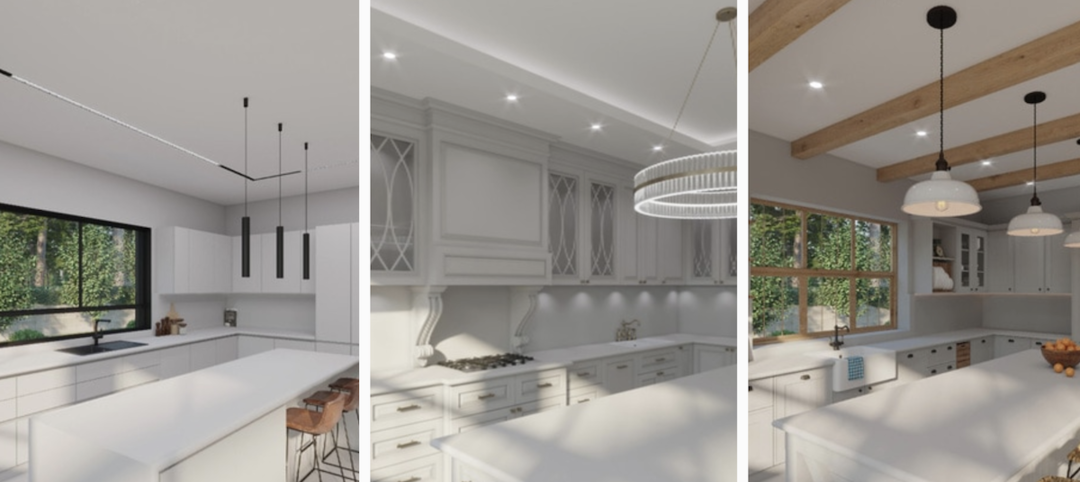When Mary-Jean Eastman, FAIA, and I founded Perkins Eastman over 40 years ago, we sought to build a practice structured around six specialized but complementary practice areas, including Healthcare, Education, Multifamily Housing, and Senior Living and Care.
As the firm grew to over 1,100 staff in 24 offices, the number of practice areas grew to 15, but Senior Living and Care was the first to become a national practice. It helped us launch our international practice and is deeply ingrained in our firm’s culture.
Forty years ago, the options available to aging adults needing care and a supportive environment were few. In most communities, the only options were hospital-like nursing homes, with most residents living in two- to four-bed rooms. Some communities offered very basic “homes for the aged” that were often just as bleak as the nursing homes. Most people who had a choice avoided these options.
Things began to change as aging adults and their families demanded better choices. We were lucky to be in at the start of this major market shift and were able to work on a wide variety of new models for senior living and care across North America. Starting 25 years ago we began to also work in several countries around the world.
Note: In a second article, I discuss nine trends that are defining the senior living market in the U.S. and globally.
In the course of our work in this field, we have learned many lessons about planning and designing senior living and care communities.
1. Senior living and care is a global issue.
Senior living is a rapidly growing issue in virtually every developed and rapidly developing country around the world.
Due to advances in medicine, diet, and public health and sanitation, life expectancy in all developed and most rapidly developing countries has increased dramatically around the world.
In the U.S., 21% of the population, or 71-74 million, will be 65 or older by 2030. In China, 17%, or 240 million, will be 65 or older by 2030. In the most rapidly aging society, Japan, one-third of the population is projected to be 65 or older by 2050.
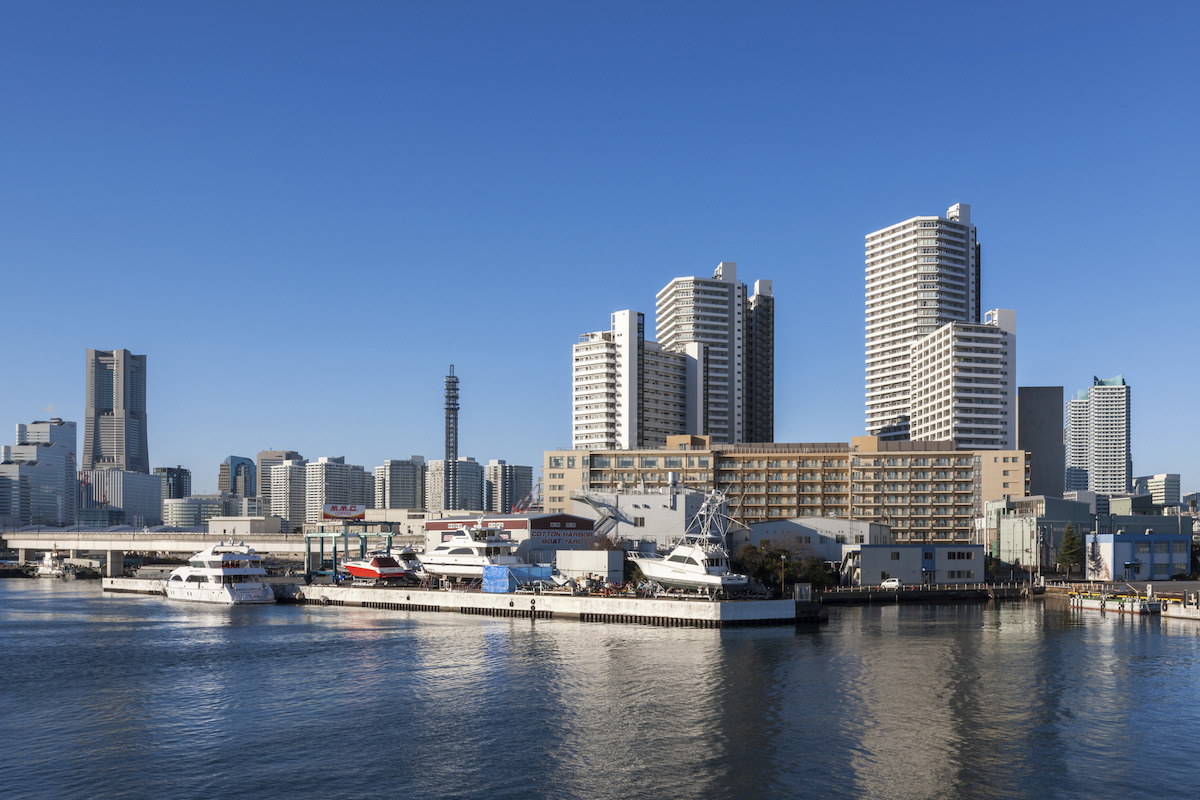
Even in younger countries with a high birth rate, such as Israel, the over-65 segment is expected to double in size, from 693,000 in 2005 to 1.4 million by 2030.
The response to the special housing and care needs of seniors is falling short everywhere. There is rapidly growing demand but often poorly focused attempts to respond with well-planned and designed supply.
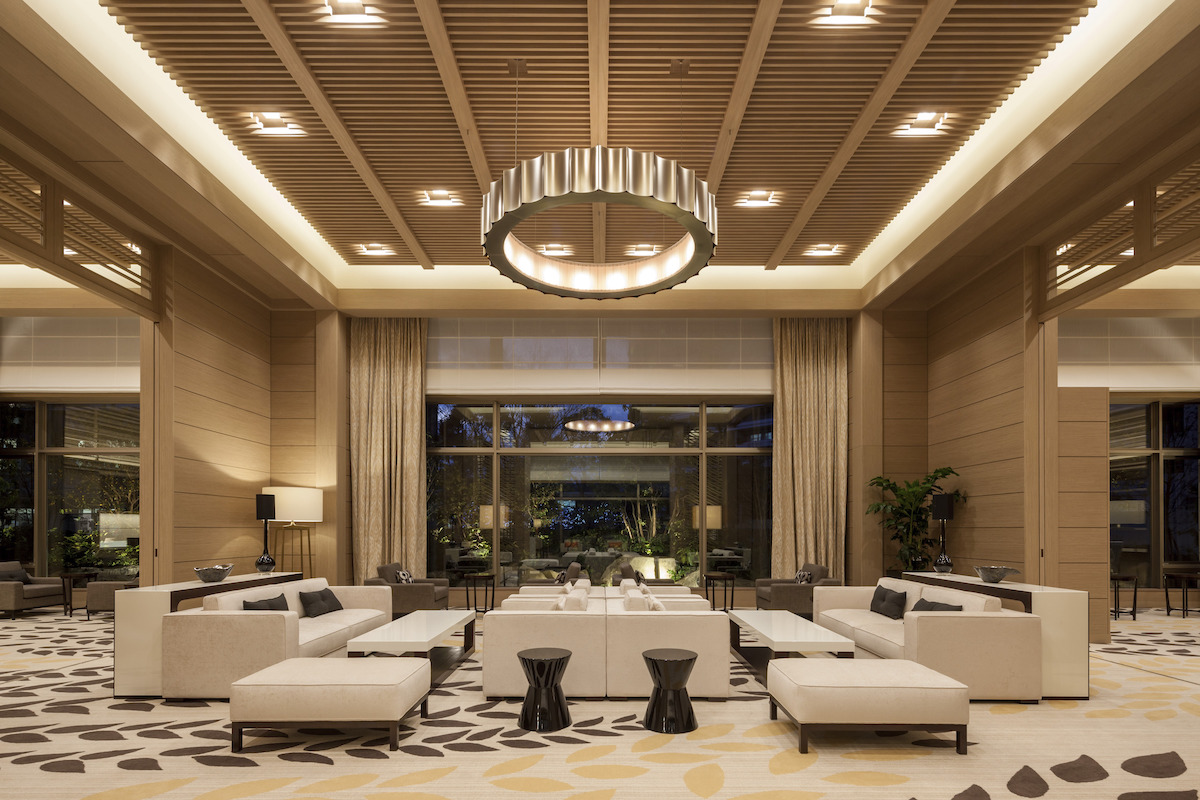
2. Senior living planning and design must be grounded in an understanding of biological aging.
One set of factors is common to aging adults around the world—the impacts of biological aging. To plan, design, and develop successful senior living and care, project teams need to take into account biological aging and its role in shaping successful development and operations.
RELATED: Putting 9 senior living market trends into perspective
Individuals age differently and at different rates, but over time most seniors experience at least some of the following impacts of biological aging:
Over time virtually all of the body’s systems lose their ability to react to stimuli.
Eyesight deteriorates; older eyes have less ability to react to changes in light levels; seniors need higher lighting levels to read and perform daily functions and are often unable to deal with glare.
Hearing diminishes; the inability to screen out ambient noise leads to frustration, isolation, and danger from not being able to react to warning sounds.
Dexterity, flexibility, and balance decline, raising serious concerns about falling, which, for frail seniors, can even lead to death.
Physical strength can be maintained with exercise but inevitably declines over time.
The body loses the ability to regulate comfort and body temperature.
Memory loss and declining cognition are common. Alzheimer’s disease and related dementia are a serious threat to a growing segment of the senior population.
Chronic health conditions—notably heart disease, diabetes, and chronic obstructive pulmonary disease—are common among seniors and often get worse over time.
These conditions have profound impacts on the aged population and must be at the core of planning and design for senior living environments.
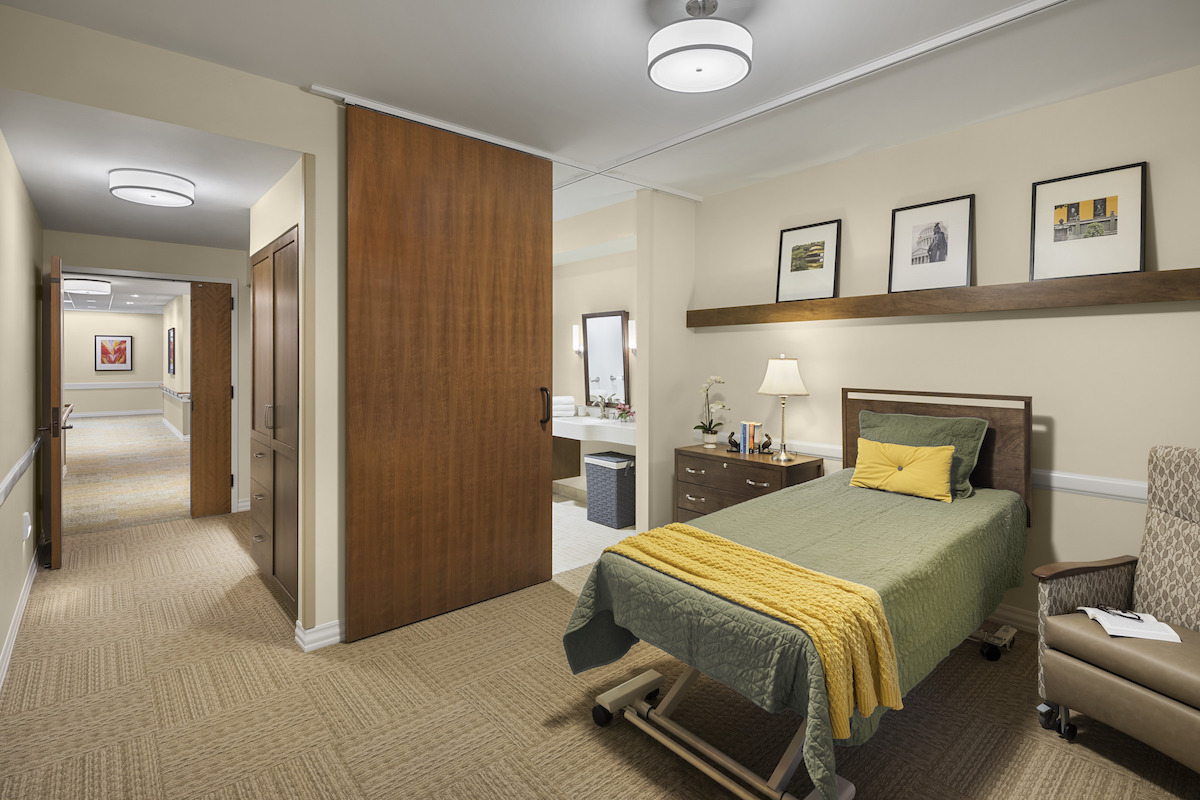
3. Well-conceived design can mitigate many of the negative impacts of biological aging and extend seniors’ independence.
Well-planned, well-designed senior living communities can reduce the impacts of biological aging, extend seniors’ independence, and significantly enhance their quality of life.
Particularly in more mature markets, there is the growing understanding that well-planned, well-managed communities can extend the ability of aging adults to continue to live independently and safely, and with a better quality of life, far longer than they can in their existing homes or in a new apartment not designed to meet the special needs of aging adults.
Another important factor is that many children or relatives of aging adults no longer live near their aging relatives, nor do they have the time to properly care for them if they do live nearby. As a result, many of the decisions to find a “place for Mom” are made by children or relatives who want to know their aging family member is living well and safely in an appropriate environment.
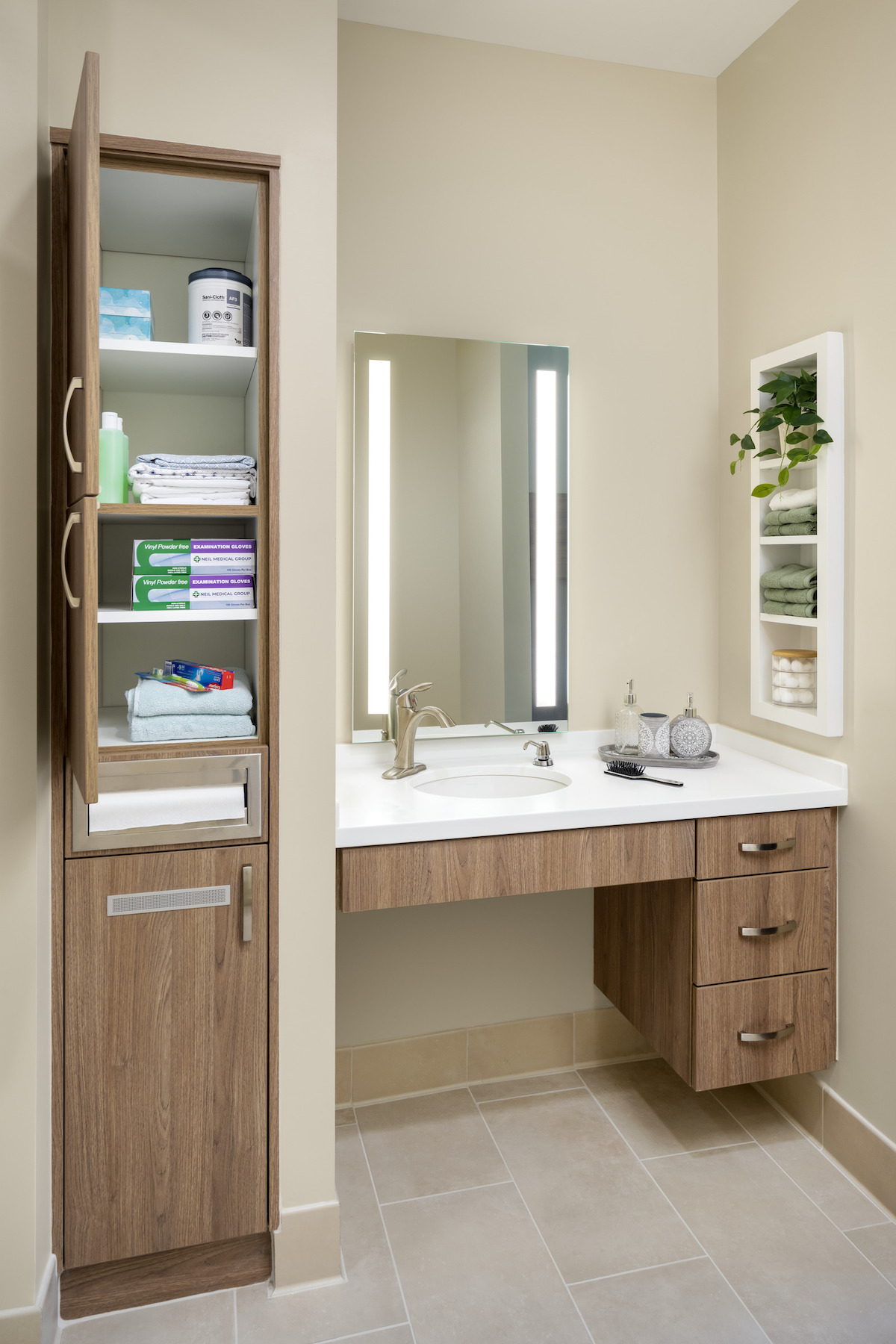

4. Attention to detail can make all the difference in quality and livability.
In general, the design of the physical environment is far more important for aging adults than it is for younger demographic groups. Eliminating the need to climb stairs is the most obvious concern but there are many far subtler details:
Door widths can facilitate movement—or act as a barrier, if improperly sized—for seniors using a walker, electric cart, or wheelchair.
Flooring needs to be designed to reduce the impact of a change in surface materials to minimize tripping hazards.
Flooring colors need to be easily read by aging eyes. For example, dark-colored surfaces can be read as a wet spot, hole, or step.
Towel bars that double as grab bars in bathrooms and showers, and chair rails that double as lean rails or handrails, can help frail seniors navigate their homes and the public areas of a community. Falls are a common fear among seniors since most feel the loss of balance and the increased brittleness of their bones. Broken bones from falls often accelerate aging, incapacitation, and even death.
Aging eyes need higher lighting levels and details to minimize glare. Aging eyes do not adjust as easily to sharp changes in light levels. Glare can be blinding.
Arthritic hands have trouble with hardware that requires either hand strength or turning motions. Many more appropriate hardware sets are now on the market.
Normal ambient noise levels, if not minimized with acoustical treatments, can interfere with hearing (which deteriorates with age) and lead to isolation.
Correct mounting heights for cabinets, refrigerators, and microwaves can permit aging seniors to use a kitchen or kitchenette for snacks and simple meals. Reaching and bending become more and more difficult with age.
The correct selection and mounting height of toilet seats and spaced grab bars can help frail seniors use the toilet without assistance.
Wireless emergency call systems can eliminate one of the most common fears of aging seniors and their families—the inability to call for help.
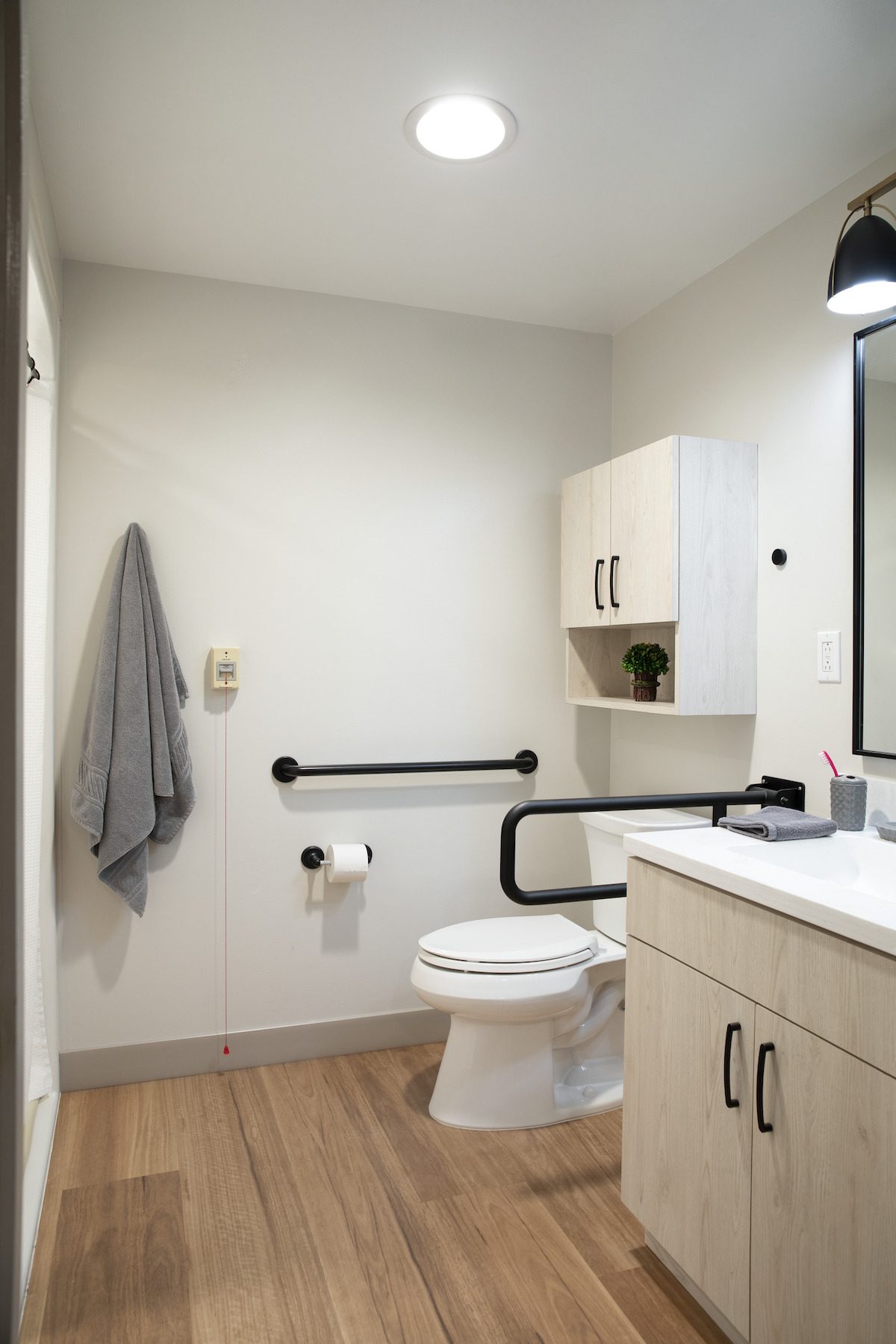
5. The residential unit is the basic building block of a successful senior living project.
Models that assume that seniors only need a bedroom and bathroom will lose out in the long run to ones where the resident’s private space resembles a home—albeit a very compact home with built-in, senior-friendly features.
Whether a small one-bedroom was superior to a good studio was the subject of an early debate in the U.S. market. An L-shaped studio that at least got the bed out of the living space required a minimum of 345-355 sf, but a fully accessible one-bedroom with a private bathroom and living room could be built in 450-460 sf. Even with the commensurately higher rent, the greater market appeal of units with a private bedroom almost always won out, despite the added capital and operating costs of the extra 100 sf.
In the early years of assisted living, Sunrise—a pioneering quality operator—and some other leading operators argued that the common areas of the larger facility provided the residents with the equivalent of a luxurious living room as well as activity and dining spaces, but the market said we want to feel our unit is our home not just our bedroom. Over time the industry adjusted.
Some features that evoke home include:
Enough space to accommodate a few pieces of furniture from the resident’s former home—a favorite chair or side table
A small kitchenette with storage and appliances mounted at easily reachable heights that permit the resident to store snacks and prepare a simple breakfast
Space for pictures and keepsakes that personalize the apartment
Residential-looking towel bars that are strong enough to double as grab bars without giving the bathroom an institutional look
Residential-looking toilets mounted high enough so that seniors can get up without assistance
Showers, rather than tubs (except in Japan, where tubs are a cultural requirement), and which are large enough to accommodate a chair so that the resident can sit while bathing, and controls that can be reached from a seated position.
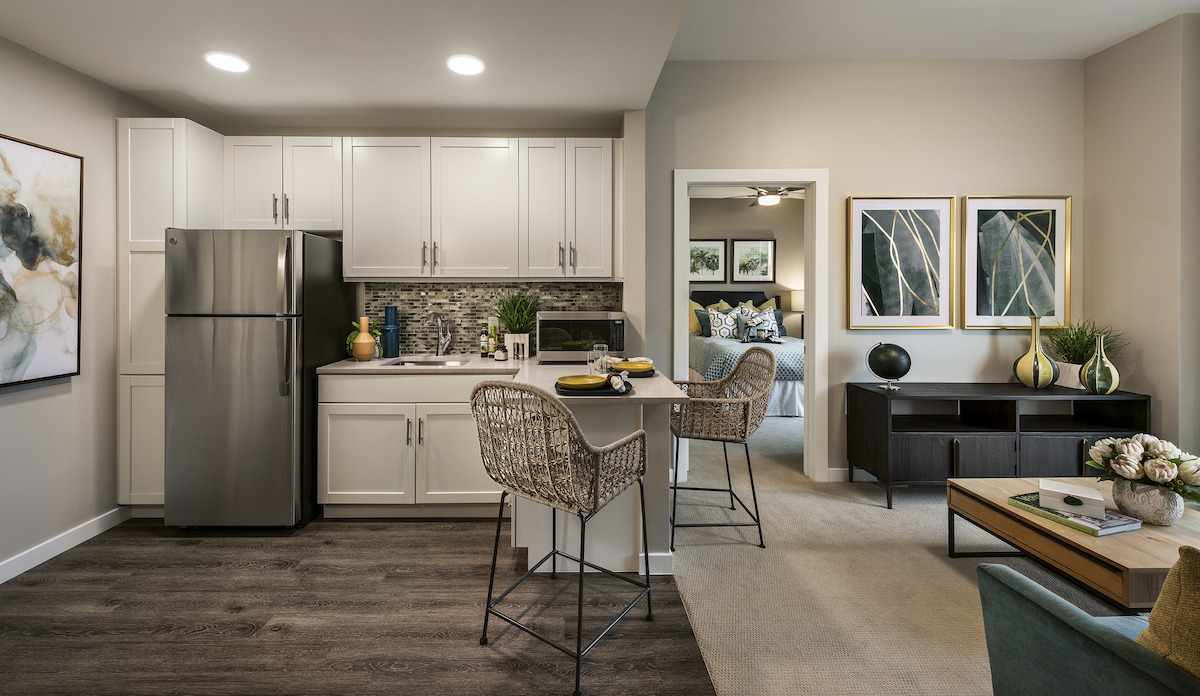
6. Don’t expect technology to solve all the problems of senior living.
There’s a lot of talk about technology, but until recently most of the technological breakthroughs—Siri being the most widespread—were directed at the general consumer, not specifically at seniors.
One important exception is telehealth, which was spurred by the Covid pandemic. Now seniors’ chronic conditions (high blood pressure, weight management, diabetes, etc.) and episodic ones can be monitored and responded to with the help of telehealth technology. Sensors and wireless emergency call technologies trigger responses to falls and other emergencies. And the most talked about new technology, artificial intelligence, is showing promise.
Unfortunately, most technology that is dedicated to the unique needs of aging seniors is still years away from implementation.
7. The ‘small house’ model may represent the next step in senior living design and operations.
Probably the most flawed model for senior living and care is the long-term care facility, or nursing home. These facilities resemble a low-tech hospital with semi-private rooms accommodating two to four residents, organized into 40- to 60-bed nursing units. In the U.S. alone, almost two million beds have been constructed based on this model.
As the Covid pandemic sadly demonstrated, nursing homes were not safe for seniors. In North America at least a quarter of the deaths in the first year of the pandemic occurred in long-term care facilities, primarily because staff brought the virus into the facility and there was no way to control the spread of the virus once it got into a nursing unit.
This model was particularly flawed for residents with Alzheimer’s and age-related dementia. The traditional model grouped these residents in locked or tightly controlled long-term care units. During the pandemic these residents were particularly vulnerable since they could not observe basic safety protocols such as distancing and masking.
The new concept that is slowly beginning to replace this dangerously flawed model is the “small house,” where residents are grouped in units of 12 to 16, share a dining area and living room, and are served by a small, dedicated team of caregivers. Each resident has a private room and bathroom.
Not only is this model more homelike, but the smaller size, private rooms, and small, dedicated care team make it much safer during a public health emergency. (Covid-19 will not be the last pandemic.)
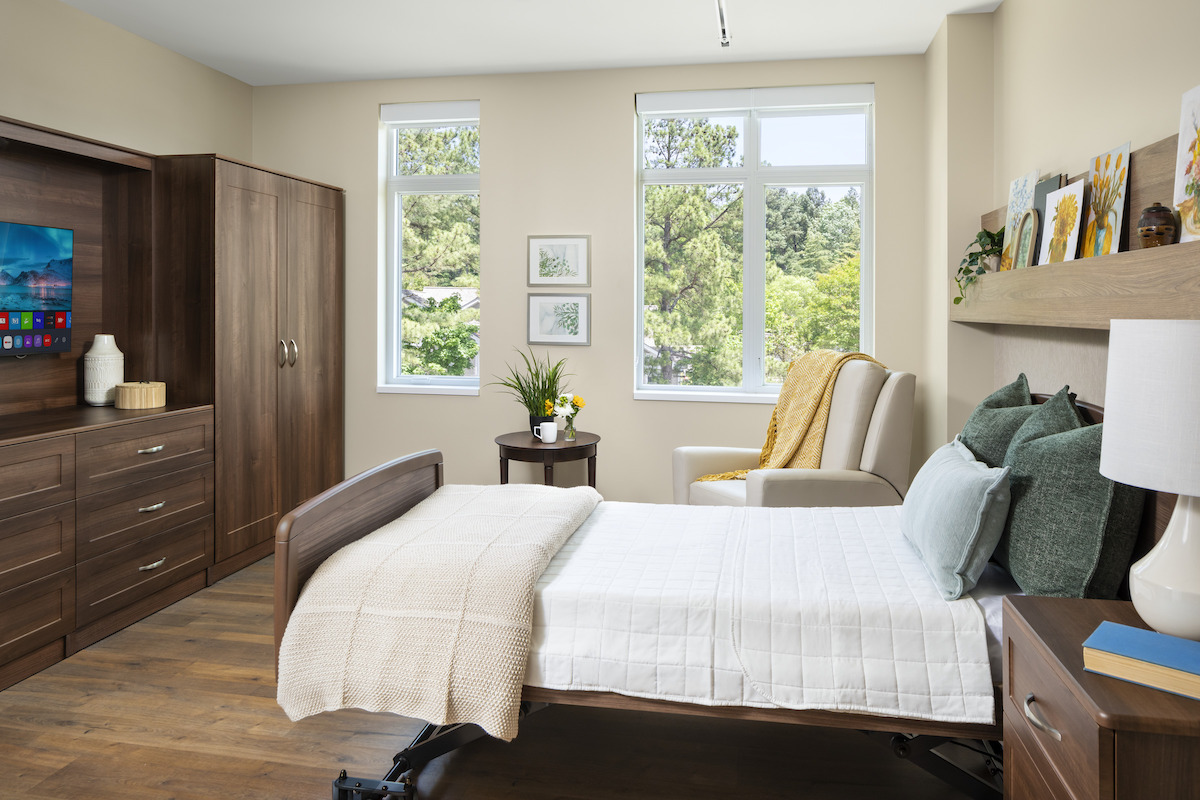
10 MOST COMMON ELEMENTS OF A COMPREHENSIVE RESIDENTIAL AND CARE STRATEGY
The most common elements of a comprehensive senior living and care strategy can usually be grouped into the following 10 categories:
1. Active adult, such as the traditional golf-oriented “retirement” community, is typically designed for living on one level but with few other aging senior features.
2. Independent living, typically in apartment buildings, is usually designed for the aging but may rely on outside services such as dining or housekeeping.
3. Independent living with services, also most likely to be in apartment buildings, may have central services such as dining, housekeeping, emergency call response, a doorman, etc.
4. Assisted living is designed to serve the physically frail but still ambulatory senior population; often described as “mom cannot live alone anymore.”
5. Memory and dementia care, which is often a subset of assisted living.
6. Outpatient geriatric medical facilities and outpatient clinical and therapy programs specifically focused on the needs of aging adults.
7. Subacute and rehabilitation facilities and programs for seniors needing limited-duration, 24-hour care and therapy during a short-term health incident or after a medical incident such as a stroke, heart attack, fall and broken bone, or joint replacement.
8. Long-term care, skilled nursing, and other 24-hour care on a long-term basis.
9. Hospice, end-of-life care.
10. Continuing care retirement community, or CCRC, which can offer anywhere from three to nine facilities and services on a single campus.
MORE ABOUT THE CCRC CONCEPT
The continuing care retirement community is a model that offers a choice of most of the major housing and care options on one campus. Well-planned, well-operated CCRCs can be an extremely attractive option for the upper-income market.
A particularly successful example is NewBridge on the Charles, in Dedham, Mass. This 940,000-sf community offers independent living, assisted living, memory care, long-term care, and hospice for over 800 seniors. It was developed by Hebrew Senior Life of Boston and is affiliated with Harvard Medical School. It opened during the 2008-10 financial crisis and filled rapidly, despite the recession.
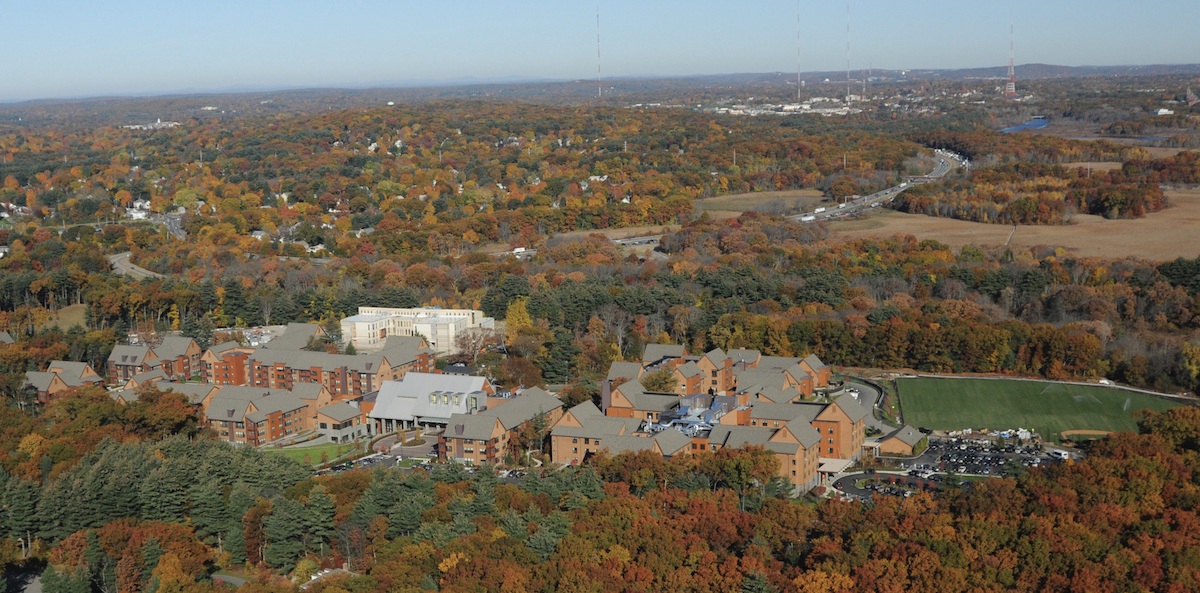
Unfortunately, CCRCs are the most complex option and require an understanding of the full continuum of senior living and care. They are very expensive to develop and often require a lot of sponsor equity. CCRCs usually only work in a deep luxury market and need a developer with a recognized quality brand and proven leadership.
ABOUT THE AUTHOR
Bradford Perkins, FAIA, Co-founder and Chairman of Perkins Eastman, a global architecture, interior design, planning, and strategic consulting firm based in New York, has focused on people-focused projects throughout his 50-year career. He has been Principal in Charge of major healthcare facilities, senior living communities, large-scale mixed-use developments, education and research campuses, and even master plans for new cities.
Author of nine textbooks and over 100 articles about architecture and design, Perkins has also taught at several universities, including Cornell University. He holds a BArch from Cornell and CCNY and an MBA from Stanford University.
Related Stories
Multifamily Housing | Sep 13, 2022
Take the Multifamily Kitchen + Bath survey – Maybe win one of 10 $50 gift cards
Preliminary results of 2022 Multifamily Design+Construction exclusive Kitchen + Bath survey.
Senior Living Design | Sep 8, 2022
What’s new with AQ: The top trends in active adult living
Today's 55-or-better buyers are ready to design their lives and their homes as they see fit. With so much growth on tap, builders and developers must stay apprised of trends related to home, environment, and culture of 55+ communities.
Giants 400 | Aug 29, 2022
Top 50 Senior Living Facility Contractors + CM Firms for 2022
Whiting-Turner, Ryan Companies US, W.E. O'Neil Construction, and KBE Building Corp. top the ranking of the nation's largest senior living facility contractors and construction management (CM) firms for 2022, as reported in Building Design+Construction's 2022 Giants 400 Report.
Giants 400 | Aug 29, 2022
Top 80 Senior Living Facility Architecture + AE Firms for 2022
Perkins Eastman, Hord Coplan Macht, Ryan A+E, and Stantec top the ranking of the nation's largest senior living facility architecture and architecture/engineering (AE) firms for 2022, as reported in Building Design+Construction's 2022 Giants 400 Report.
Giants 400 | Aug 29, 2022
Top 30 Senior Living Facility Engineering + EA Firms for 2022
WSP, Olsson, Kimley-Horn, and KPFF Consulting Engineers top the ranking of the nation's largest senior living facility engineering and engineering/architecture (EA) firms for 2022, as reported in Building Design+Construction's 2022 Giants 400 Report.
Giants 400 | Aug 29, 2022
Top 110 Multifamily Sector Contractors + CM Firms for 2022
Suffolk Construction, Clark Group, AECOM, and Whiting-Turner top the ranking of the nation's largest multifamily housing sector contractors and construction management (CM) firms for 2022, as reported in Building Design+Construction's 2022 Giants 400 Report. Note: This ranking includes all multifamily sector work, including apartments, condos, student housing, and senior living facilities.
Giants 400 | Aug 29, 2022
Top 75 Multifamily Sector Engineering + EA Firms for 2022
Kimley-Horn, WSP, Langan, and Olsson head the ranking of the nation's largest multifamily housing sector engineering and engineering/architecture (EA) firms for 2022, as reported in Building Design+Construction's 2022 Giants 400 Report. Note: This ranking includes all multifamily sector work, including apartments, condos, student housing, and senior living facilities.
Giants 400 | Aug 22, 2022
Top 90 Construction Management Firms for 2022
CBRE, Alfa Tech, Jacobs, and Hill International head the rankings of the nation's largest construction management (as agent) and program/project management firms for nonresidential and multifamily buildings work, as reported in Building Design+Construction's 2022 Giants 400 Report.
Giants 400 | Aug 22, 2022
Top 200 Contractors for 2022
Turner Construction, STO Building Group, Whiting-Turner, and DPR Construction top the ranking of the nation's largest general contractors, CM at risk firms, and design-builders for nonresidential buildings and multifamily buildings work, as reported in Building Design+Construction's 2022 Giants 400 Report.
Giants 400 | Aug 22, 2022
Top 45 Engineering Architecture Firms for 2022
Jacobs, AECOM, WSP, and Burns & McDonnell top the rankings of the nation's largest engineering architecture (EA) firms for nonresidential buildings and multifamily buildings work, as reported in Building Design+Construction's 2022 Giants 400 Report.


